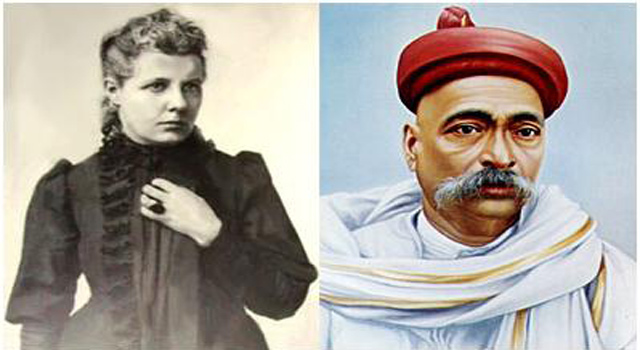
Beginning of the warĪ new crisis leading to the first large-scale fighting since signing of the ceasefire occurred in 2006 when the LTTE closed the sluice gates of the Mavil Aru reservoir on July 21 and cut the water supply to 15,000 villages in government controlled areas. Both sides also exchanged prisoners of war for first time. This was a key compromise from the LTTE, which had always insisted on an independent Tamil state and it also represented a compromise from the government, which had seldom agreed to more than minimal devolution. During the talks, both sides agreed to the principle of a federal solution and the Tigers dropped their long standing demand for separate state. The much anticipated peace talks began in Sattahip Naval Base, Chonburi Province, Thailand on the September 16 and 5 further rounds followed in Rose Garden, Nakhorn Pathom Province, Norway and Berlin, Germany. Many foreign countries also offered substantial financial support if peace was achieved and optimism grew that an end to the decades long conflict was in sight. LTTE Sea Tiger boat patrolling during the peace.įollowing the signing of the ceasefire agreement, commercial air flights to Jaffna began and the LTTE opened the key A9 highway, which linked government controlled area in the south with Jaffna and ran through LTTE territory, allowing civilian traffic through the Vanni region for the first time in many years. In August, the government agreed to lift the ban on the LTTE and paved the way for the resumption of direct negotiations with the LTTE. Norway was named mediator, and it was decided that they, together with the other Nordic countries, monitor the ceasefire through a committee of experts named the Sri Lanka Monitoring Mission. The two sides formalized a Memorandum of Understanding (MoU) on Februand signed a permanent ceasefire agreement (CFA). The new government welcomed the move, and reciprocated it 2 days later, announcing a month-long ceasefire and agreeing to lift a long-standing economic embargo on rebel-held territory. On 19 December, amidst efforts by Norway to bring the government and the Tamil Tigers to the negotiating table, the LTTE announced a 30-day ceasefire with the Sri Lankan government and pledged to halt all attacks against government forces. The elections held on 5 December 2001 saw a sweeping victory for the United National Front, led by Ranil Wickremasinghe, who campaigned on a pro-peace platform and pledged to find a negotiated settlement to the conflict. Some 300,000 Tamil civilians who were trapped inside the war zone and prevented from escaping by the LTTE were caught in the crossfire during the final phase of the war. The final few days of the war near Nandikadal Lagoon in the north east of the island saw very heavy fighting and led to Sri Lankan forces being accused of war crimes, which were denied by the government. Chronology of towns captured by the government of Sri LankaĮelam War IV ended on with the Sri Lanka Army gaining control of the last bit of territory held by the LTTE and with the death of the LTTE leader Velupillai Prabhakaran.The war took on an added dimension when the LTTE Air Tigers bombed Katunayake airbase on March 26, 2007, the first rebel air attack without external assistance in history. Continued fighting led to several territorial gains for the Sri Lankan Army, including the capture of Sampur, Vakarai and other parts of the east.
.jpg)
The fighting resumed after a four-year ceasefire between the Government of Sri Lanka (GoSL) and LTTE. They were denied of water for drinking and also cultivating over 30,000 acres of paddy and other crops. Shutting down the sluice gates of the Mavil Aru on July 21 depriving the water to over 15,000 people - Sinhalese and Muslim settlers under Sri Lankan state-sponsored colonisation schemes in Trincomalee district.

The government's casus belli was that the LTTE had cut off the water supply to surrounding paddy fields in the area. Renewed hostilities began on the 26 July 2006, when Sri Lanka Air Force fighter jets bombed several LTTE camps around Mavil Aru anicut. Eelam War IV is the name given to the fourth phase of armed conflict between the Sri Lankan military and the separatist Liberation Tigers of Tamil Eelam (LTTE).


 0 kommentar(er)
0 kommentar(er)
